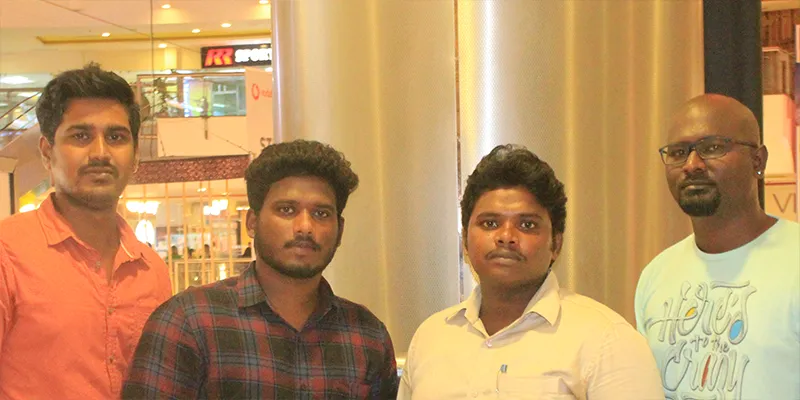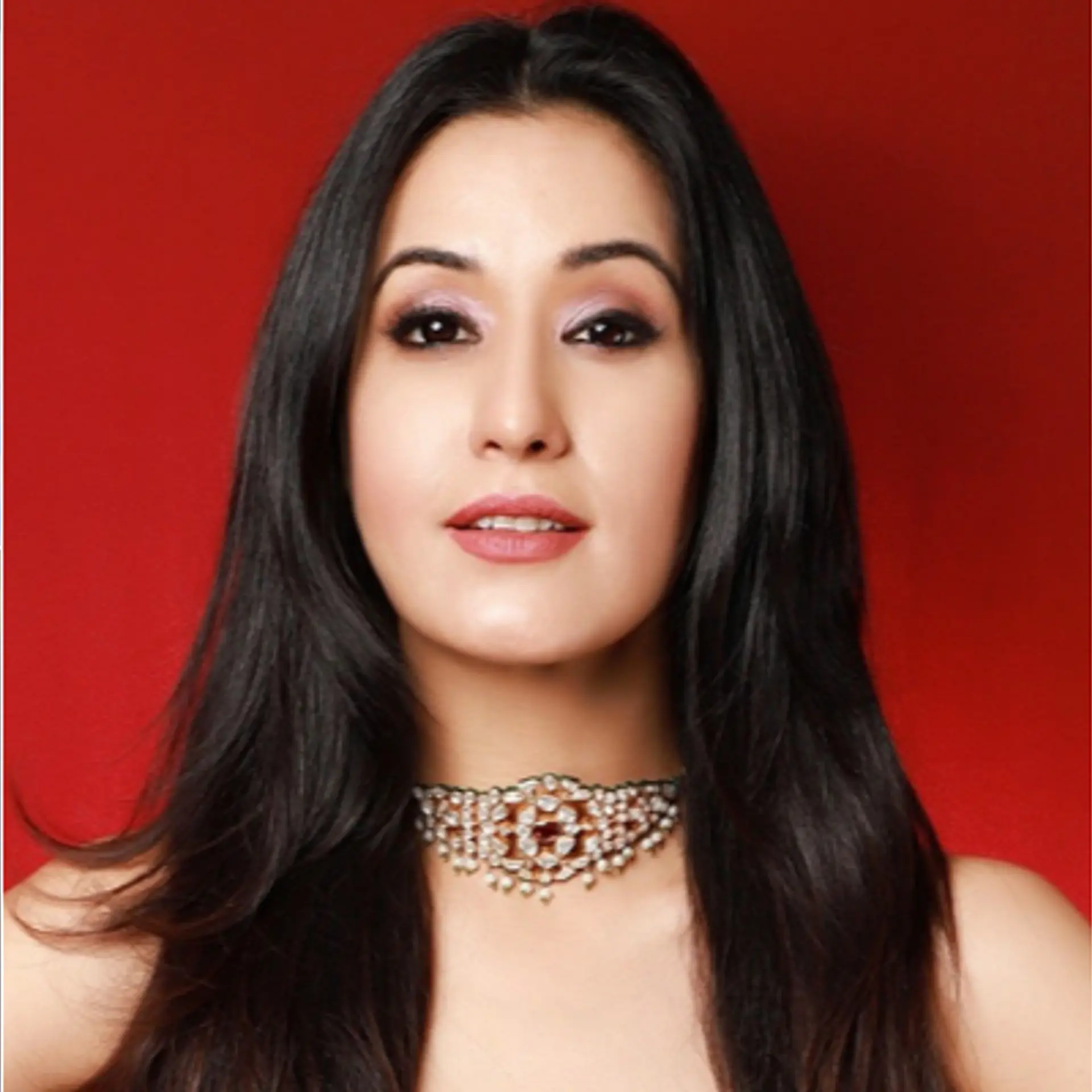How these young entrepreneurs successfully built and scaled their businesses: the top SMBStories this week
There are numerous accounts of young entrepreneurs who followed their hearts and built successful businesses. Here are three such inspiring stories of entrepreneurs who have shown age is no bar to success.

In 2018, research by Harvard Business Review seemed to debunk the youth-only mantra for entrepreneurial success through a report that revealed the “average age of a successful startup founder is 45”.
It added that the older you get, the higher the success rate, and that evidence points to entrepreneurial performance rising sharply with age before cresting in the late fifties.
However, there are numerous accounts of young entrepreneurs who followed their hearts and built successful businesses.
Here are three stories of young entrepreneurs who showed age is no bar to success:
Mufti

Kamal Khushlani, Founder and Managing Director, MUFTI
Kamal Khushlani always had a keen interest in the fashion retail business. However, hailing from a middle-class background, and losing his father at the age of 19, he didn’t have the money to capitalise on his vision.
He even worked with a video cassette company to make his ends meet. To finally start building on his dream, he borrowed Rs 10,000 from a maternal aunt and plunged into his entrepreneurial journey. He started by launching the ‘Mr & Mr’ shirt company in 1992, manufacturing and retailing shirts for men.
A self-taught fashion designer, Kamal had a firm belief in creating a wave of culture and fashion originating in India, to be embraced worldwide. With this vision, he launched Mufti in 1998.
And then, in the 2000s, Mufti gained prominence, expanding from exclusive brand outlets to large and multi-brand outlets and large-format stores. Kamal says the reason behind its expansion lies in the love and acceptance of his customers.
On the back of Kamal’s incredible story of entrepreneurial success, Mufti today manufactures a range of over 500 products every season including jeans, trousers, shorts, athleisure, jackets, t-shirts, and more.
Mufti clocked a turnover of Rs 395 crore last year and is expecting a growth of 11 percent in the coming financial year.
MapmyIndia

MapmyIndia CEO and executive director Rohan Verma
In the early 90s, a young Rohan Verma played around with his parents’ computers and the digital maps they worked on. Rohan’s parents Rakesh Verma and Rashmi Verma founders of digital map database business CE Infosystems, had quit their US jobs and moved to New Delhi to start the company.
When CE Infosystems was started in 1995, India did not have a map-reading culture like the US. But Rakesh and Rashmi believed the digital maps market in India would boom and 80 percent of all data would have a location component.
In a significant milestone for the company, CE Infosystems came to be known as MapmyIndia, named after an interactive maps portal a young Rakesh developed to make the digital map database accessible to a consumer market.
Rohan, an electrical engineer, then joined his parents’ business in 2004 and worked his way up to CEO and executive director.
His parent’s gamble and the move to put the maps online paid off. Over the years, the market for digital maps exploded in India as the country saw a major shift in adopting connected devices and the internet.
Today, MapmyIndia’s inbuilt digital map solutions are used by auto companies Tata Motors, Hyundai, Mahindra & Mahindra, BMW, Ford, Jaguar, TVS Motors, and others. Its maps also power Flipkart, Amazon, and Ola Cabs.
Green Castle

The Green Castle founders
In 2017, four friends from Chennai wanted to launch a business together and become entrepreneurs. But they didn’t know which industry to venture into. Naveen Kumar, Karthick Sukumaaran, Karthikeyan E, and Mitlesh Kumar, all 25-years-old, did their engineering together and were working in different sectors.
As they brainstormed ideas, they noticed kulfis were becoming popular in the city. “We each contributed Rs 10,000, and took up a small, 80 square feet space to start making kulfis ourselves. We started selling it in public spaces such as parks and beaches,” Naveen says.
The company, registered as Green Castle Food and Beverages, started selling under the brand ‘Boozo Kulfi’. The kulfis were a big hit. In just one year, the engineers sold kulfi worth Rs 24 lakh.
Kulfi emerged as a popular option in a growing market for ice creams, and several variants such as rabri, faluda and matka kulfi have become common. This bode well for the Green Castle founders, who later invested Rs 1 lakh each to keep pace with the booming market. They also moved to a bigger, 1,000 square feet factory.









